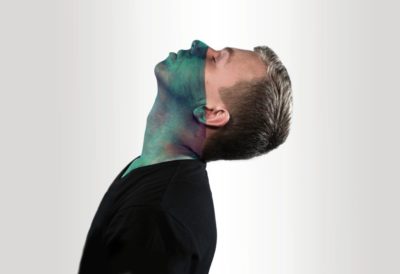The Blog
What is PAIN?
Posted 18 December 2016 in Therapies
 Did you know that one in five Australians, are currently living with constant pain, but what is pain? Pain is a universal experience, which is manufactured by the brain, no matter what type of pain you are feeling. Pain is termed, “as an unpleasant sensory and emotional experience associated with actual or potential tissue damage, for example hitting your funny bone. As a consequence of this pain, it will force an individual to remove themselves from a dangerous scenario, protect injured areas and avoid these similar problems in the future”. If you have injure your back after doing the gardening all day, this is termed acute pain. This type of pain is something that only lasts for a short period of time; it is your brain telling your body to get help. This is often overcome by utilizing effective and timely treatment procedures.
Did you know that one in five Australians, are currently living with constant pain, but what is pain? Pain is a universal experience, which is manufactured by the brain, no matter what type of pain you are feeling. Pain is termed, “as an unpleasant sensory and emotional experience associated with actual or potential tissue damage, for example hitting your funny bone. As a consequence of this pain, it will force an individual to remove themselves from a dangerous scenario, protect injured areas and avoid these similar problems in the future”. If you have injure your back after doing the gardening all day, this is termed acute pain. This type of pain is something that only lasts for a short period of time; it is your brain telling your body to get help. This is often overcome by utilizing effective and timely treatment procedures.
What happens if this pain sensation lasts for longer than expected? This is termed chronic pain or persistent pain. It is pain that lasts past the normal healing time of approximately 3 months and can occur and continually occur without any reason. In fact no matter what you do it is always there. It is a complex situation that involves neuroplastic changes in the nervous system at the peripheral, spinal cord and brain levels unrelated to the original injury. In fact it is now seen commonly in individuals who don’t have heart disease, cancer and diabetes.
So how does it affect normal living? When left untreated 65% of chronic pain sufferers believe it interferes wit their sleep, sex, work, exercise, general routine having a significant impact on their relationships, social life an lifestyle. Not only will this result in physical problems but it can lead to psychological issues such as anxiety, depression, social isolation to name a few. It is a disease that impacts over 80% of individuals who are not utilising the required resources to make a successful recovery. Pain is now costing the Australian economy over 34.3 billion dollars per year and is now the third highest health expenditure for diseases, behind cardiovascular disease and musculoskeletal conditions.
So how is it managed? The best treatment often requires a comprehensive multidisciplinary approach with attention to the entire person and not just the pain itself. Some or all of the following three elements, these include medication, physical activity and cognitive therapy are used as part of the treatment process. Getting the best management will involve putting a range of self-management strategies into practice on a daily basis, which can take time and effort.


